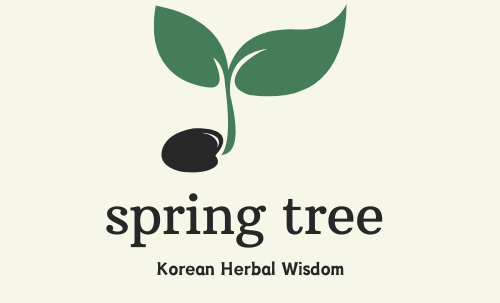Jichinggae (Hemistepta lyrata) is a unique spring herb with powerful health benefits, such as detox and wound healing. Enjoy it as a nutritious side dish, soup, or stew. Discover how to harvest, prepare, and store Jichinggae.
Jichinggae: A Healing Herb Packed with Flavor
Hi there! 🌿
Today, let’s dive into the world of Jichinggae, a fascinating herb that’s both a delicious spring vegetable and a powerful natural remedy. Known for its unique health benefits, Jichinggae has been used for centuries to support health and wellness. Let’s explore its benefits, how to cook it, when to harvest it, and tips for storing it so you can fully enjoy this seasonal herb! 😊
1. What is Jichinggae?
Jichinggae (Hemistepta lyrata) is a biennial herb that grows in low mountains and fields across Korea. It typically reaches a height of 60–80 cm and has oval-shaped leaves with fine white hairs on the underside. The leaves form a beautiful rosette pattern near the base, which makes it easy to identify.
The best time to harvest Jichinggae is in April and May, when the young leaves are tender and flavorful. Traditionally, Jichinggae is also known for its medicinal properties and is used in herbal medicine, where it’s believed to help detoxify the body and aid wound healing.
2. Health Benefits of Jichinggae
Jichinggae is more than just a flavorful herb; it has numerous health benefits that make it a fantastic addition to your diet. Here’s why it’s so special:
Detoxifying Properties: It helps cleanse the body of toxins, supporting overall health.
Wound Healing: Known for its natural healing effects, it can be mashed and applied to minor cuts or bruises to aid recovery.
Blood Circulation: Jichinggae promotes healthy blood circulation, helping reduce fatigue.
Digestive Support: It’s gentle on the stomach and aids digestion, making it a soothing addition to meals.
3. How to Cook Jichinggae
Jichinggae is typically blanched before cooking to soften its texture and bring out its mild flavor. Here are two easy ways to enjoy this herb in your meals:
Jichinggae Salad (Namul)
Wash the young leaves thoroughly.
Blanch in boiling water with a pinch of salt for 1–2 minutes, then rinse under cold water and squeeze out excess moisture.
Mix with sesame oil, soy sauce, minced garlic, and sprinkle with sesame seeds for added flavor.
Serve as a healthy, aromatic side dish!
Jichinggae Soybean Paste Soup
Prepare blanched Jichinggae and set aside.
Dissolve soybean paste in boiling water, then add diced potatoes, zucchini, and tofu.
Add the Jichinggae for the final few minutes of cooking. Enjoy a comforting bowl of soup!
Both recipes highlight the gentle flavor of Jichinggae and make it easy to incorporate into your meals.
4. When and How to Harvest Jichinggae
Best Time to Harvest:
The best time to collect Jichinggae is from April to May, when the young leaves are soft and flavorful.
Where to Find It:
Look for Jichinggae in low mountains and fields across Korea, particularly in areas with moist soil.
Harvesting Tips:
Pick only the young leaves and avoid damaging the roots so the plant can continue to grow.
Be mindful of nature—take only what you need and leave plenty behind.
5. How to Store Jichinggae
Proper storage ensures that Jichinggae remains fresh and ready for cooking. Here’s how to store it effectively:
Refrigeration: After blanching, remove any excess moisture and store it in an airtight container in the fridge for up to a week.
Freezing: Divide blanched Jichinggae into portions and freeze. This way, you can enjoy its flavor and health benefits year-round.
6. Why You Should Try Jichinggae
Jichinggae isn’t just a spring herb—it’s a way to connect with nature and bring both flavor and wellness to your table. Whether you enjoy it in a simple salad or a soothing soup, this herb is a fantastic addition to any meal.
Have you tried Jichinggae before? Share your recipes or tips in the comments—I’d love to hear from you! 😊
